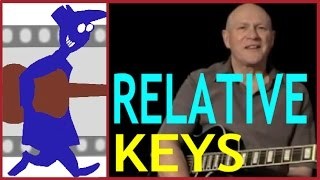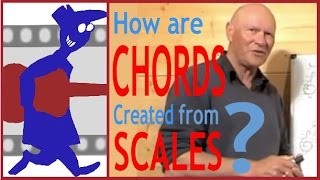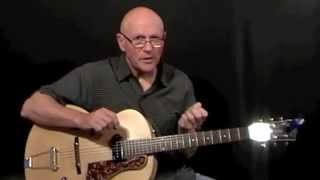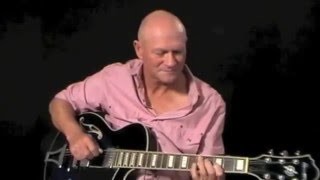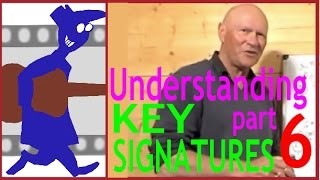How to read guitar tab
Published on 26 January 2016
For more info from the source site for this video please visit:
http://secretguitarteacher.com/youtube/beginner/electric/F7toqpfQxFE/82952623-how-to-read-guitar-tab.php
Great beginners' guide to guitar tablature. No previous experience or knowledge assumed. Confused by guitar tab? You soon won't be!
How to Read Guitar Tab
Intro to Tab reading
- Special language for guitarists
-Takes a while to learn-- like spoken languages
- This lesson will introduce you to the basics
Tab takes the strings of the guitar and represents them as six lines
Sometimes (but not always) marked by open string note names which will usually be EADGBE
People new to reading tab can easily get confused about which way up the lines are. The BOTTOM line always represents the bottom string. Remember that's the lowest-sounding string!!
The numbers placed on the lines tell you which fret to finger with the left hand.
Unlike chord diagrams, tab contains time which means that the numbers on the lines should be read sequentially from left to right.
Zero means open string
So that is all there is to the basic process of reading tablature.
Remember the bottom string -- the lowest sounding string - is represented on the tab by the bottom line. And remember that time moves from left to right.
See example on video
Chords can look pretty scary in TAB form
Here are two chords that you might be familiar with Am and D .
Most people would find the Grid diagram representation of the chord much easier to follow than the tab.
One trick is to mentally turn the grids through 90 degrees and ignore the finger numbers on the grid diagrams. Then you can see how the numbers on the TAB direct you to place your fingers on the fretboard. (See video).
This ability to look at the numbers on the TAB and 'SEE' the shapes behind the numbers is a useful trick that will help you shortcut the TAB reading process.
We can just hold down the chord shape and concentrate on picking the strings in the correct order knowing that the chord shape will look after the fret numbers for us..
As many melodies and solos are based on chord shapes, this is a trick you will find useful to learn.
Many of the lessons on this site come with tabs that you can access by clicking on the printouts tab on the tool box to the right of the screen.
More advanced tab may include various symbols used to define technical details like bends, slides, hammer-ons etc...
Ok, as always, any questions just ask!
See you in next lesson
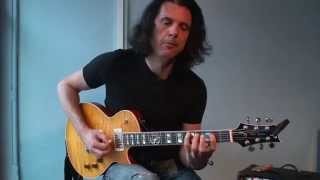 Guitar Lesson: Alex Skolnick - Alternate picking (...
Guitar Lesson: Alex Skolnick - Alternate picking (...
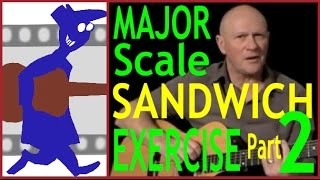 Major Scale Sandwich Exercise Part 2
Major Scale Sandwich Exercise Part 2
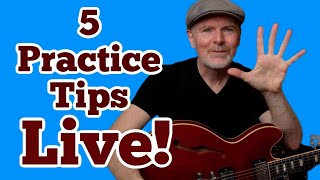 5 Practice Tips - LIVE
5 Practice Tips - LIVE
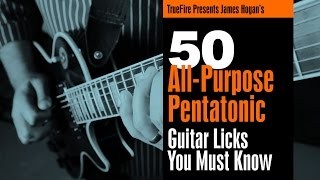 Pentatonic Licks - #26 Get'r Done - Guitar Lesson...
Pentatonic Licks - #26 Get'r Done - Guitar Lesson...
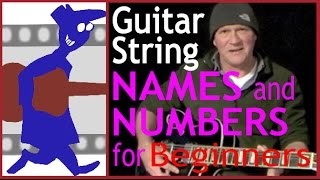 Guitar string names and numbers for beginners
Guitar string names and numbers for beginners
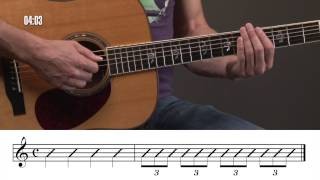 Beginner Guitar Strumming Drills
Beginner Guitar Strumming Drills
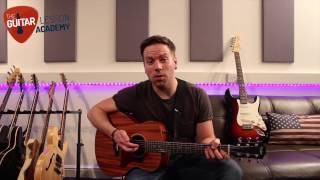 Open Chords Pt 3 - C, A Minor & F - Guitar Lesson...
Open Chords Pt 3 - C, A Minor & F - Guitar Lesson...
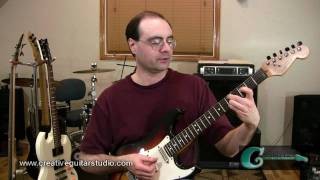 MUSIC THEORY: The Harmonic Minor Scale
MUSIC THEORY: The Harmonic Minor Scale
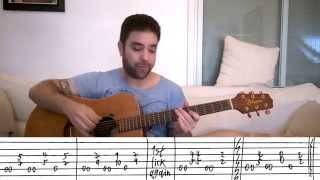 4 Advanced Fingerstyle Exercise Riffs - Guitar Les...
4 Advanced Fingerstyle Exercise Riffs - Guitar Les...
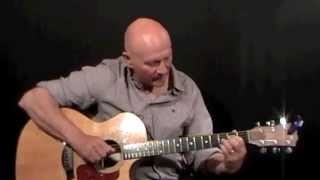 Diminished Chords - How to Play them on the Guitar...
Diminished Chords - How to Play them on the Guitar...
